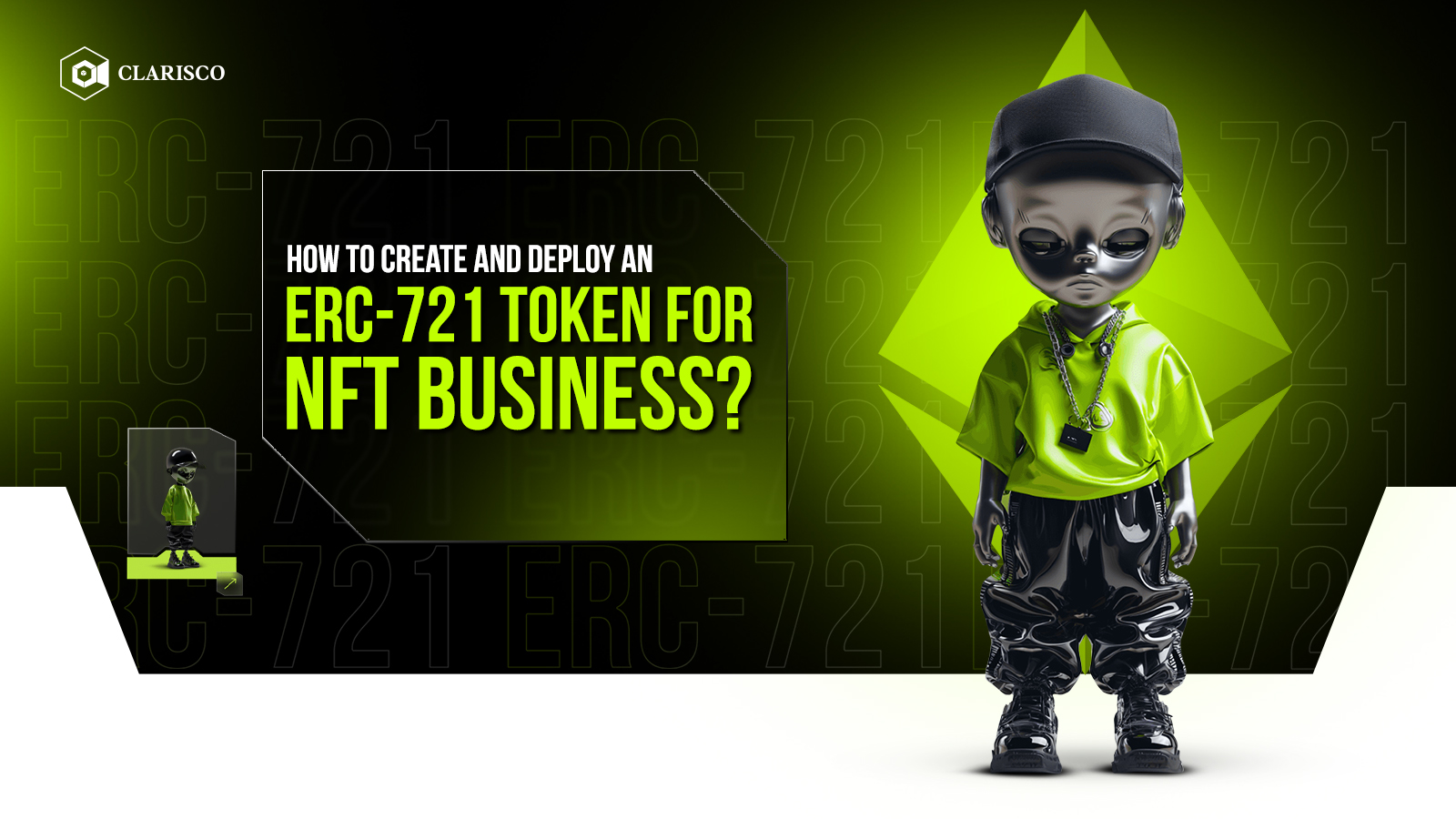
























































































































































































Clarisco requests your action to continue
The above mentioned products are used only for clear understanding. We don't have control of the brand and are not doing direct & indirect partnerships with them. We are also not doing promoting activities for them.
ERC-721 is a fantastic option in case you want to create an app or game that makes use of these unique tokens. People are particularly enthusiastic about unique tokens called NFTs, and there are an increasing number of new forms of digital currency being introduced every day. With its ability to connect online games to blockchain networks and make them safer, it has garnered a lot of attention lately.
Many digital collectibles that follow ERC-721 regulations have increased in popularity ever since Cryptokitties gained popularity. This guide will show you how to make and put out your own ERC-721 Token Development (NFT).
NFTs, or Non-Fungible Tokens, are unique digital assets stored on the blockchain. Fungible means things are the same or can be swapped without any difference. NFTs can't be split into smaller parts and each one is different, making them special. Like Ethereum or Cardano tokens, where each token in a group is worth the same as the others and can be exchanged equally.
They can be collectible cards, artwork, or even airplane tickets. There are two main standards for NFTs: ERC-721 and ERC-1155. ERC-721 was the first standard created, providing a basis for Non-Fungible digital assets. These are mostly used in NFT marketplaces. ERC1155 allows for semi-fungibility.
The ERC-721 token standard is a protocol on the Ethereum blockchain specifically designed for the creation and management of non-fungible tokens (NFTs). Each ERC-721 token is unique and cannot be exchanged on a like-for-like basis.
It was proposed by William Entriken, Dieter Shirley, Jacob Evans, and Nastassia Sachs in 2017 and finalized by Jordan Leigh in 2018. It has become the go-to standard for creating NFTs, which represent ownership or proof of authenticity of digital or physical assets.
One of the defining features of ERC-721 is its ability to assign individual ownership and metadata to each token. This means that each token within a given ERC-721 contract can have distinct attributes, such as a unique identifier, properties, and even associated files like images, videos, or documents. ERC-721 tokens are typically managed through smart contracts deployed on the Ethereum blockchain.
These below-mentioned functions provide the basic functionalities required for the management and transfer of non-fungible tokens in the ERC-721 standard. There are many Crypto Token Development Companies out there to create your token.
1. balanceOf(address owner):
Returns the number of tokens owned by a specific address.
2. ownerOf(uint256 tokenId):
Provides the address of the token's owner back.
3. safeTransferFrom(address from, address to, uint256 tokenId):
Transfers a token from one address to another. If the recipient is a smart contract, it checks if it implements the ERC721Receiver interface to prevent accidental token loss.
4. transferFrom(address from, address to, uint256 tokenId):
Similar to `safeTransferFrom`, but does not check for ERC721Receiver interface implementation. This function is considered less secure because it does not guarantee that the recipient can handle the token.
5. approve(address to, uint256 tokenId):
Approve another address to transfer the specified token on behalf of the owner.
6. getApproved(uint256 tokenId):
Returns the address approved to transfer the specified token.
7. setApprovalForAll(address operator, bool approved):
Approves or revokes permission for an operator to transfer all tokens on behalf of the sender.
8. isApprovedForAll(address owner, address operator):
Check if an operator is approved to transfer all tokens on behalf of a specific owner.
9. safeTransferFrom(address from, address to, uint256 tokenId, bytes data):
An improved version of `safeTransferFrom` that allows passing additional data to the recipient. Similar to `safeTransferFrom(address from, address to, uint256 tokenId)` but includes a data parameter that can be used to trigger certain actions or functionality in the receiving contract.
➤ CryptoPunks:
One of the earliest and most iconic NFT projects on Ethereum. Each CryptoPunk is a unique pixel art character, and they hold historical significance in the NFT area.
➤ Hashmasks:
Hashmasks are unique digital art collectibles generated using a combination of generative art and human creativity. Each mask is created by artists and assigned a unique name, creating a blend of algorithmic and human creativity.
➤ Axie Infinity:
It is a blockchain-based game where players collect, breed, and battle fantasy creatures called Axies. These Axies are NFTs, and they can be traded, bred, and used in battles within the game ecosystem.
➤ Decentraland (LAND):
It is a virtual reality platform built on the Ethereum blockchain. LAND parcels within Decentraland are NFTs that represent virtual real estate. Owners can build, and monetize with their virtual properties.
➤ Bored Ape Yacht Club (BAYC):
Bored Ape Yacht Club features a collection of unique, hand-drawn Bored Apes, each with its characteristics and traits. Owners of Bored Apes gain access to a private club and various perks.
➤ Sorare:
Sorare is a fantasy football game where players collect, trade, and manage digital player cards as NFTs. These cards represent real-life football players, and users can use them to build teams and compete in leagues.
1. Set Up Development Environment:
Install necessary software such as Node.js, npm, Truffle, and Ganache. Initialize a new Node.js project and install dependencies.
2. Write Smart Contracts:
Create an ERC-721-compliant smart contract using Solidity. Define token metadata including name, symbol, and URI. Implement the necessary functions for token management such as minting, transferring, and burning tokens.
3. Test Smart Contracts:
Write unit tests to ensure the functionality of your smart contracts. For testing use tools like Truffle or Hardhat.
4. Deploy Smart Contracts to Ethereum Blockchain:
Configure deployment scripts using Truffle or Hardhat. Deploy your smart contracts to a test network such as Ropsten or Rinkeby for testing or to the main Ethereum network.
5. Get Test Ether:
If deploying to a test network, obtain test Ether from a faucet to cover gas costs for transactions.
6. Add Files to IPFS:
Install IPFS and configure it for your environment. Add your files (such as images, and metadata) to IPFS. These files will represent the assets associated with your tokens. Obtain the IPFS hash for each file.
7. Create Tokens:
Mint ERC-721 tokens using your smart contract, associating each token with a unique IPFS hash representing its metadata. Test token creation and transfer functionality.
ERC-721 tokens are used in many industries like healthcare, finance, retail, e-learning, tourism, media, and entertainment. They also offer a lot of benefits such as,
➤ No piracy
➤ No surveillance
➤ Limited licenses
➤ Transferable licenses
I hope this tutorial explains the process of creating and deploying an ERC-721 token step-by-step. By following these instructions, you can understand and manage the process better. ERC-721 tokens are made to create unique tokens with special functions. The more unique the token, the better it is. So, if you're thinking about starting your NFT business through ERC-721 development companies, go for it!
Our trustworthy and happy Clients

200+

served Clients with a happy smile
Awards & Recognition
We are extremely pleased that reputable publications around the world recognised our superior work.




We'd Love To Hear From You!
Know your requirement, our technical expert will schedule a call and discuss your idea in detail. All information will be kept confidential.
Skip the queue and book a call with our Founder

Founder, Clarisco Solutions Private Limited
With 12+ years of experience leading ventures in various industries, we guide businesses through digital transformation. We deliver Blockchain

Plot No. 29, 30, Iswarya Nagar,
Madakkulam, Tamil Nadu 625003, India
Business@clarisco.com +91 9442430551Monday-Saturday: 10am - 7pm
Sunday: Closed
